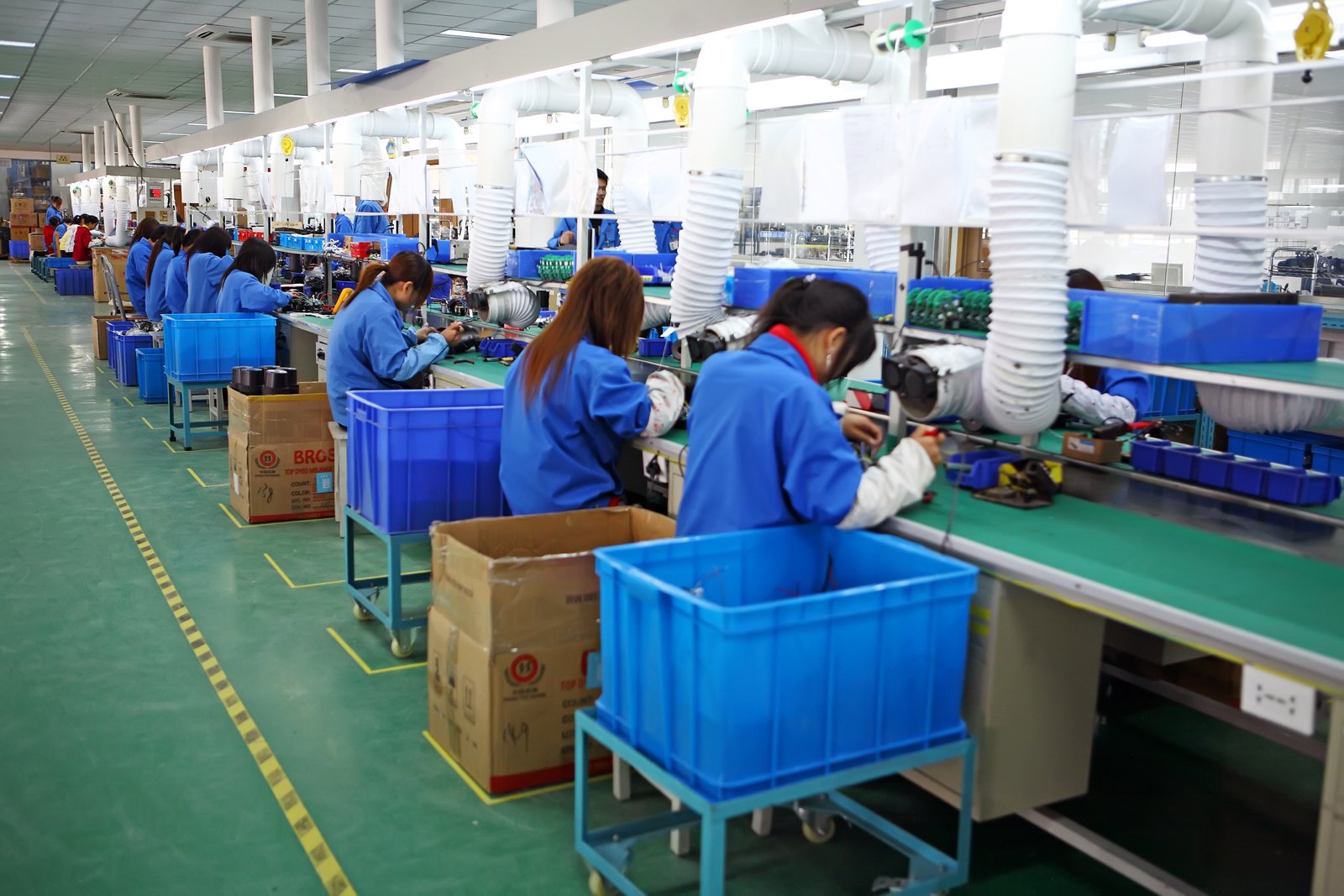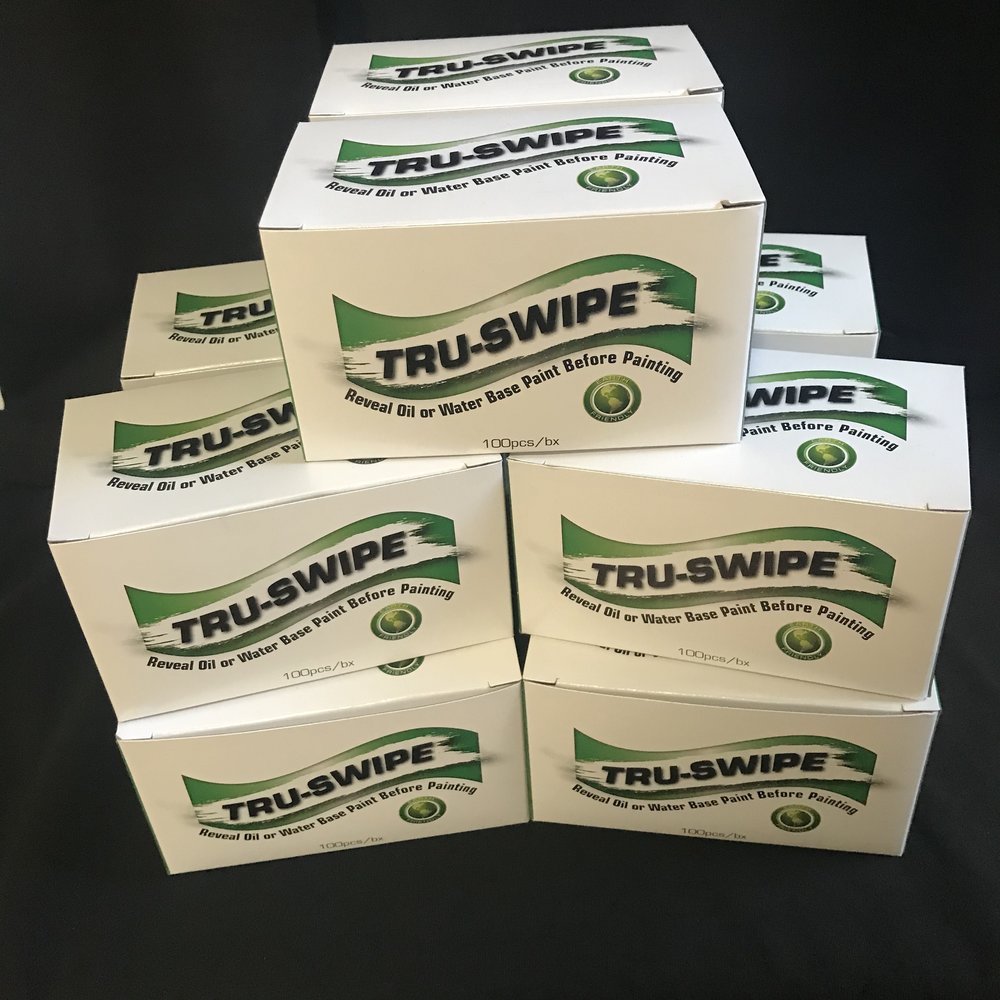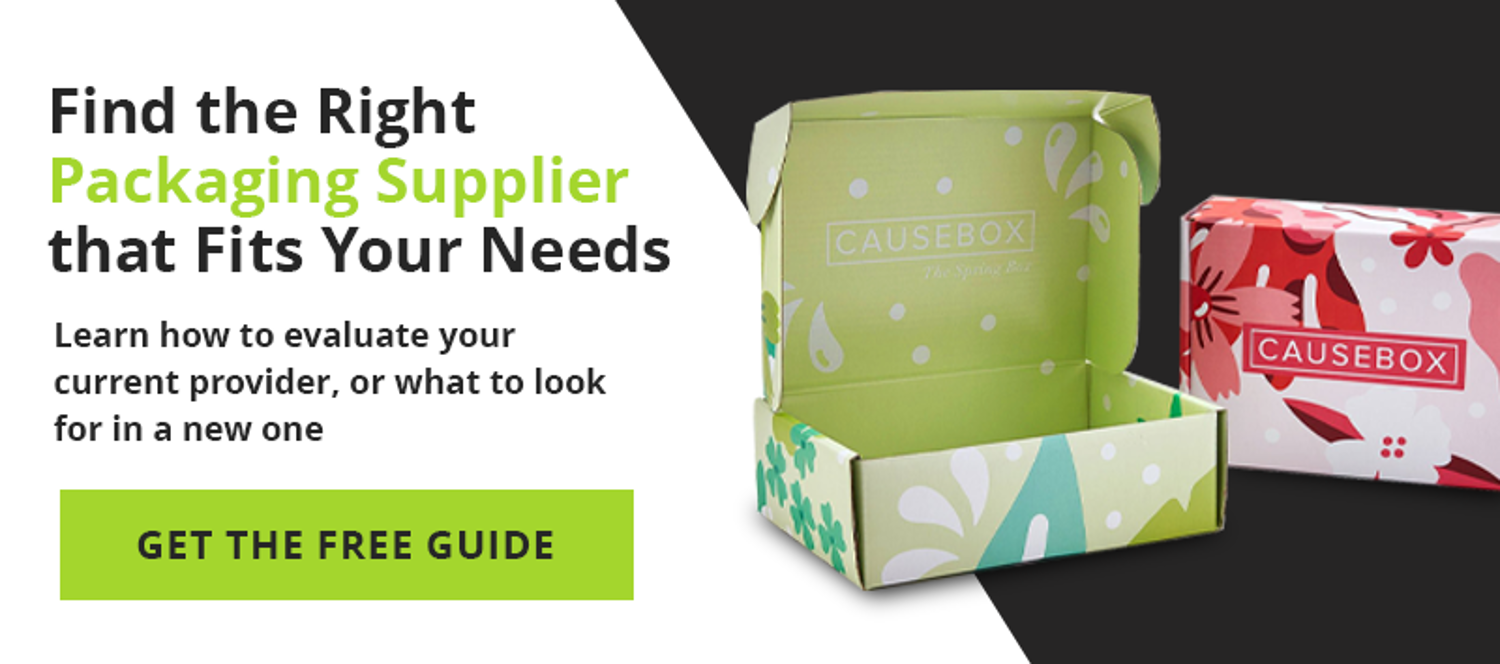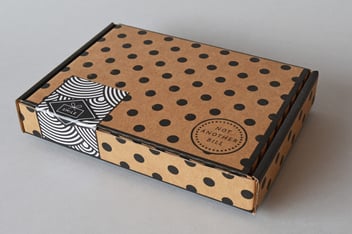6 Things Product Packaging Companies Do That Impact Sales
6 Things Product Packaging Companies Do That Impact Sales
Deciding who packages your products can make a significant difference in sales for your company.
When thinking about improving the bottom line, most companies focus only on sales and marketing. It’s easy to forget the many ways experienced product packaging solution providers can save you money while improving your product’s shelf appeal.
Here are just a few ways companies can boost their margins without sacrificing quality.

Identify Efficient Design Specs for Product Packaging
Different stores have various restrictions on the size of products that go on their shelves. Big box retailers like Walmart and Costco can be strict about how much space your product can fill, depending on where it is sold in the store.
Different product packaging specs exist for cereal than it does for perfume or dog food. Working with a packaging company that knows these specs inside and out can help you save time and money figuring it out on your own.
If you want to sell your product at Target, designing your packaging to their specs ahead of time will make the entire process much easier. Knowing the exact measurements for major retailers can save you money, and you’ll avoid having to reinvent the wheel for every store. Instead, a packaging company can help you design a box that works across multiple stores.
By saving money on needless design pitfalls you can free up some of your budget to allocate to other areas such as marketing.

Manage International Production
There’s no shortage of barriers when working with a manufacturer headquartered in a different country.
Language is an obvious one, but there are time zone challenges as well. If you have an urgent question in the afternoon, you might not receive an answer until the following day. This often turns into a frustrating game of email-tag where you’re rarely communicating without a significant lag time.
Some packaging companies have developed relationships with overseas manufacturers, managing the entire process while customers reap the benefits of drastically reduced production costs. Some of them even have QC teams on-site to ensure color consistency and other quality standards are met. Working with a provider that uses overseas operations can completely eliminate the inherent friction of trying to work with a Chinese factory on your own.
If your product line requires multiple packaging types -- like an end aisle POP display and folding cartons for Advil bottles – it’s important to know that only certain packaging companies can meet those needs efficiently. Some of them have limited capabilities and will outsource projects they can’t handle, which increases the risk of quality discrepancies. Working with one packaging partner that can do it all using their own resources can be really advantageous in these situations.
It’s a good idea to send a digital proof to any manufacturers you consider working with, and getting a sample from the press they before moving forward with the project. This sample allows them to confirm their machinery is up to the task and serves as an added touch-point to clarify exactly what you expect for your finished product.

Save Money With Bulk Product Packaging Purchasing
Most of the printing process has fixed costs, and purchasing larger orders delivers a better per-unit rate.
These thresholds aren’t always clear though. It helps to have your packaging provider consult you about the manufacturing process and identify opportunities for bulk savings on product packaging. Even though your company might not be ready to boost your order by 30,000 units, the reduction in cost is so significant it often makes sense to place the larger order and warehouse the extras until you need them.
Luckily, some packaging providers offer warehousing as a service, so they can facilitate bulk orders while also handling any inventory overflow.

Design Informed by Consumer Insight
Depending on your market, a packaging company can help you better align your box design with your customer’s purchasing behavior. A nice package will always equate to quality in a consumer’s mind.
For high-tech customers, a rigid box denotes quality, with high-resolution images of the product or logo on the package’s exterior. In the other hand, a person buying cosmetics might expect a portion of the box to be transparent, allowing them to see the product itself. These differences will impact the manufacturing cost of your packaging, which will, in turn, affect the price-point of your product or your margins.

Drop Testing for Your Product
Once you’ve gone down the package design rabbit hole, it’s easy to overlook the primary function of a box: to preventing damage to the product.
Depending on your product and compliance standards set by government organizations and retailers, you’ll likely need to drop test your product to ensure the design can withstand the abuse packages endure in transit.
A drop test can be a lot of things. In some case cases, they’ll drop a box from a certain height at certain angles to see if it breaks. Some tests use vibrating tables to simulate a package’s conditions inside a delivery van. These are all scenarios that should be accounted for early in the process and factored into your design.
Working with a packaging company that understands the intricacies of the six concepts outlined in this article can help increase your likelihood of garnering retailer contracts, sell more units once your products hit the shelves, and save you money on the manufacturing itself.


